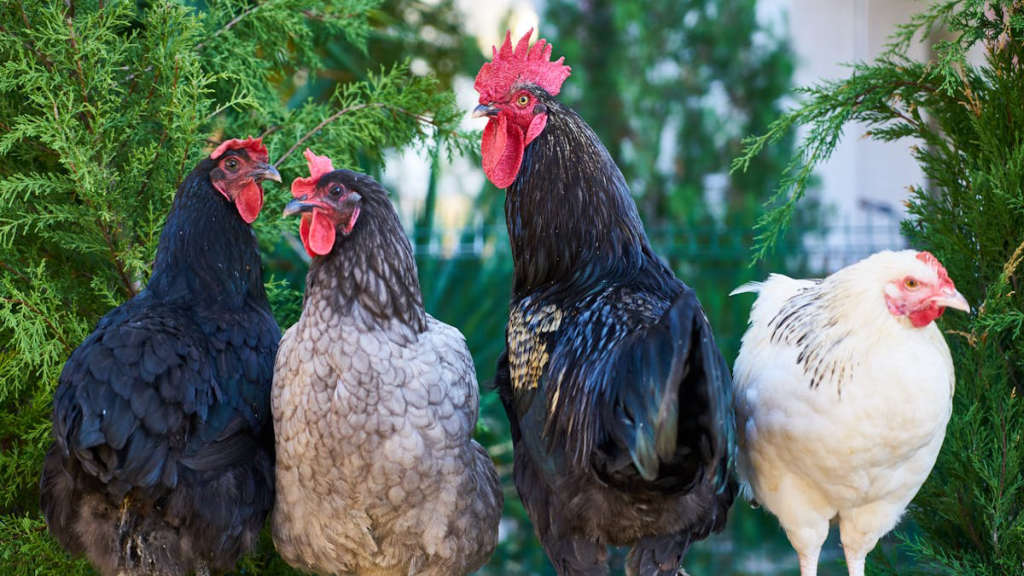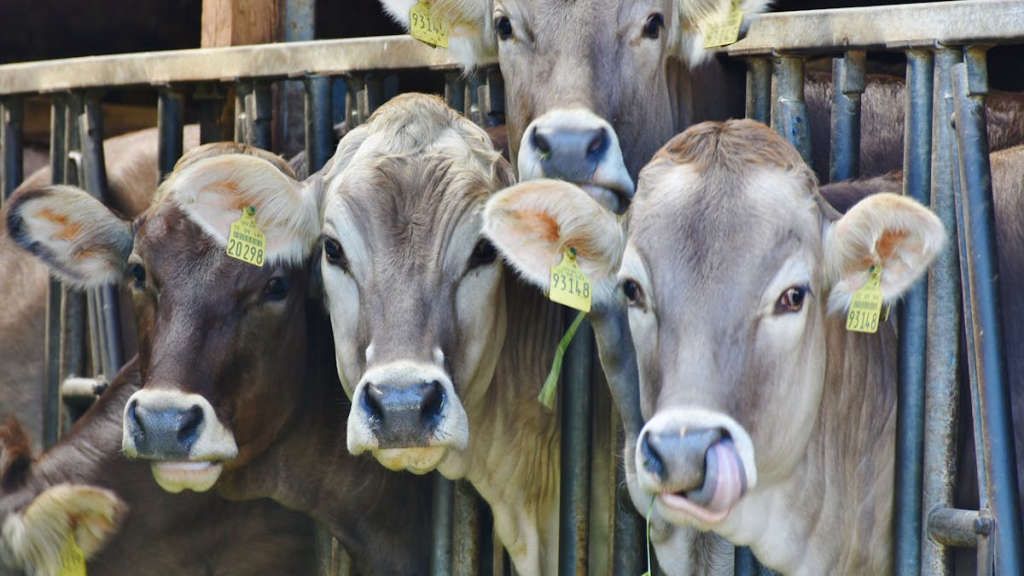As the global demand for food continues to rise, the need for efficient livestock transportation has become increasingly important. Innovations in this field aim to enhance animal welfare, optimize logistics, and meet safety regulations. However, challenges persist, such as environmental concerns and the need for better infrastructure. Navigating this complex landscape requires a careful balance of technology and compassion.
Main Points
- Understanding the importance of animal welfare in livestock transportation.
- Exploring innovative technologies that improve logistics and safety.
- Addressing the environmental impact associated with transporting livestock.
- Recognizing the challenges posed by inadequate infrastructure.

Emerging Technologies Revolutionizing Livestock Transport: A Deep Dive into Efficiency and Animal Welfare
The landscape of livestock transport is undergoing a significant transformation, propelled by a myriad of sophisticated technologies. These advancements are not merely attempts to streamline operations; they encompass a broader commitment to improving animal welfare throughout the transportation process. As we explore this intersection between innovation and ethics, it’s essential to acknowledge the various technologies paving the way for a more efficient and humane approach to transporting livestock.
Technological Innovations Shaping Livestock Transport
In recent years, several emerging technologies have demonstrated their potential to revolutionize the way we transport livestock. These innovations aim to enhance both the efficiency of transport operations and the welfare of the animals involved. Here are some notable advancements:
- Telematics and Real-Time Monitoring: Utilizing GPS and IoT devices, telematics systems allow for real-time monitoring of livestock conditions during transport. This technology provides crucial data on temperature, humidity, and animal health, enabling timely interventions if any distress signals arise.
- Automated Transport Systems: The advent of self-driving vehicles is on the horizon. Such systems could significantly reduce human error, ensuring that livestock are transported under the safest conditions. Yet, questions linger regarding their ability to respond to unanticipated situations.
- Data Analytics: Advanced data analytics can help transporters better understand the needs of specific species, thus optimizing routes and reducing stress and travel time. By analyzing patterns and outcomes, the industry can adapt its practices to safeguard animal welfare.
The Ethical Implications of Technology in Livestock Transport
While the efficiency gains from these technologies are clear, the underlying question of animal welfare remains pivotal. It is imperative to recognize that technological advancement should not overshadow the ethical considerations inherent in transporting livestock. Stakeholders must remain vigilant about their responsibility to ensure animals are treated with the utmost consideration during transit.
A few considerations emerge from the intersection of technology and ethics in livestock transport:
- Are we prioritizing profit over animal welfare with the rapid adoption of these technologies?
- How can the industry ensure these systems do not inadvertently introduce new stressors for the animals?
- What measures can be implemented to keep ethical standards in tandem with technological advancements?
Conclusion
In summarizing the evolution of livestock transport through emerging technologies, it’s essential to emphasize a balanced approach. Efficiency should not come at the expense of animal welfare. As we continue to embrace these advancements, stakeholder collaboration and continual reassessment of our practices will be crucial in ensuring a future where both technology and ethics coexist harmoniously in livestock transport.
Ultimately, we find ourselves at a pivotal moment in history, where innovation can be a powerful ally in enhancing the lives of livestock during transport. The challenge lies in navigating this complex landscape, ensuring that the drive towards efficiency does not blind us to the ethical imperatives that underscore our responsibility toward the animals we transport.

Addressing Regulatory Hurdles: Key Challenges in Ensuring Safe and Sustainable Livestock Movement
In today’s globalized world, the movement of livestock is a critical aspect of food security and economic sustainability. However, this essential practice is often hindered by a myriad of regulatory challenges. These challenges can vary significantly depending on geographic location, government policies, and existing trade agreements. Understanding these regulatory hurdles is key to ensuring a smooth and safe transition for livestock.
The Complexity of Regulations
One of the main obstacles arises from the complexity and variability of regulatory frameworks across different countries. While some nations may adopt a streamlined approach, others enforce strict measures that can lead to confusion. For example, an exporter may find that the health certifications required for livestock vary drastically between borders. Thus, navigating these regulations could feel like traversing a labyrinth.
Health and Safety Standards
Ensuring the health and safety of livestock during movement is another major concern. Animal welfare standards are often set high, but discrepancies in sustainability practices can create significant challenges. Some regions may prioritize rapid movement, potentially compromising animal welfare during transport. This conflict not only impacts the animals’ wellbeing but can also have broader implications for disease transmission and food safety issues.
Economic Implications
The economic impacts of stringent regulations also deserve attention. Farmers and businesses may face increased costs associated with compliance, such as documentation and health assessments. These financial burdens can discourage sustainable practices, ultimately affecting the viability of local livestock industries. With rising operational costs, many producers may be forced to make difficult decisions that can compromise the long-term sustainability of livestock operations.
Innovation and Remote Solutions
Fortunately, innovative solutions are emerging to address these challenges. Technology plays a pivotal role in harmonizing regulatory frameworks. For instance, real-time tracking systems can help ensure compliance with health regulations while improving logistics efficiencies. Additionally, mobile apps can facilitate communication between stakeholders, from farmers to regulatory agencies, fostering a collaborative approach to solving these complex issues.
Conclusion
In summary, while the regulatory hurdles in ensuring safe and sustainable livestock movement can be daunting, they are not insurmountable. By embracing innovation and fostering collaboration among stakeholders, we can better navigate these complexities. Ultimately, the goal should always remain clear: a more efficient, safe, and sustainable approach to livestock movement that benefits everyone involved.
| Challenge | Impact |
|---|---|
| Complexity of Regulations | Increases confusion and compliance costs |
| Health and Safety Standards | Potential compromise of animal welfare |
| Economic Implications | Increases costs and discourages sustainability |

Conclusion
In conclusion, navigating the complexities of livestock transportation remains a significant challenge in the agricultural industry. It demands not only efficient logistics but also a compassionate approach towards animal welfare. Ensuring that livestock is transported safely and humanely is vital, as it influences their health and productivity. By embracing innovative practices and prioritizing the well-being of animals, we can create a more sustainable future for livestock transportation. Ultimately, it is our responsibility to ensure that these sentient beings receive the care and respect they deserve throughout their journey, as this reflects our values and commitments as a society.
Frequently Asked Questions
What are the legal requirements for transporting livestock?
The legal requirements for transporting livestock vary by country, but generally include obtaining the necessary permits, ensuring the vehicle meets specific standards for animal welfare, and adhering to regulations regarding transportation times and conditions.
How do I ensure the safety of my livestock during transportation?
To ensure the safety of your livestock during transportation, you should provide adequate ventilation, secure the animals properly to prevent injury, monitor their health throughout the journey, and make frequent stops for rest and hydration.
What should I do in case of an emergency during livestock transport?
In case of an emergency during livestock transport, such as an accident or health issue with an animal, you should prioritize the safety of both the animals and the handlers. Contact local authorities or animal control for assistance, and have a plan in place in advance for handling such situations.